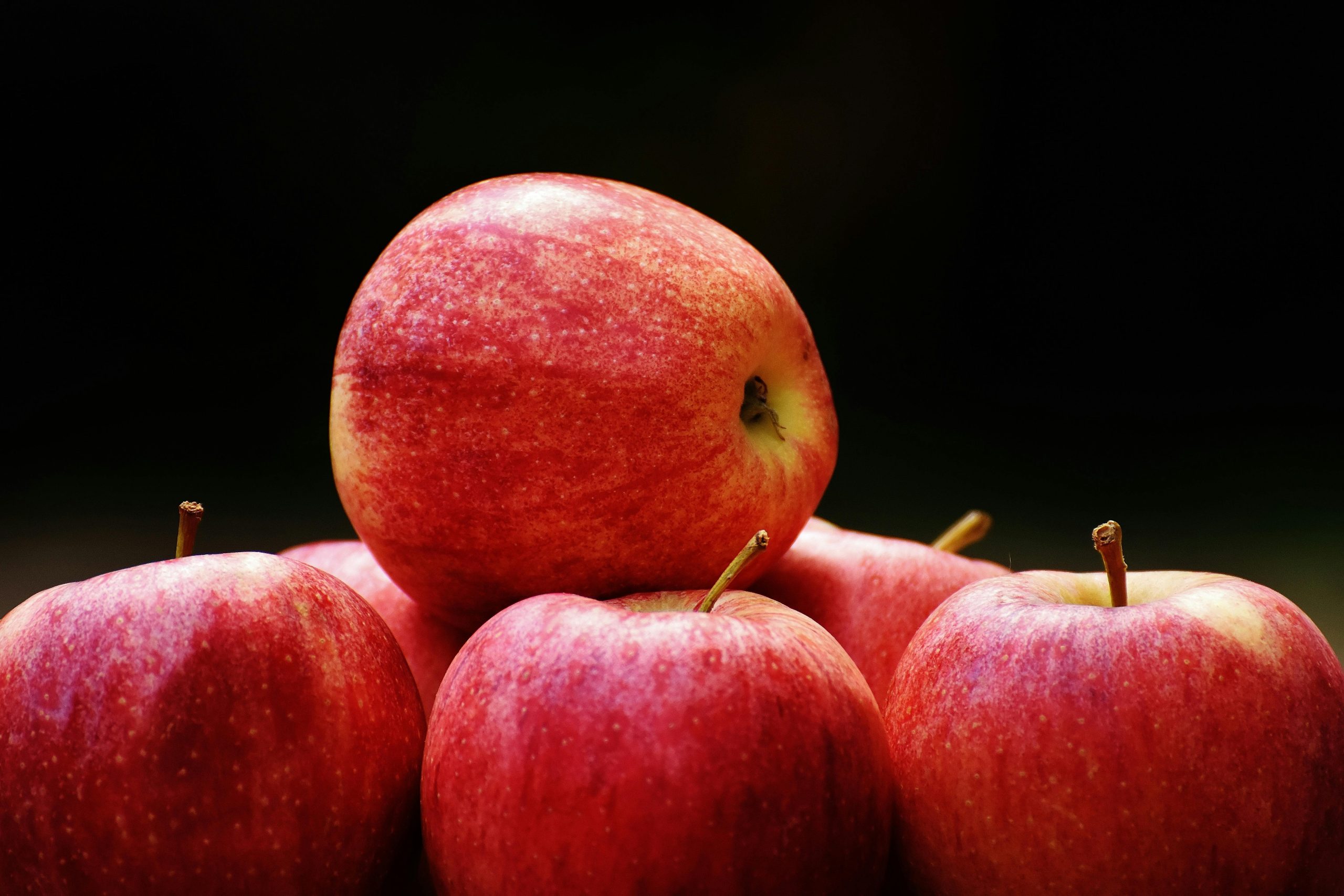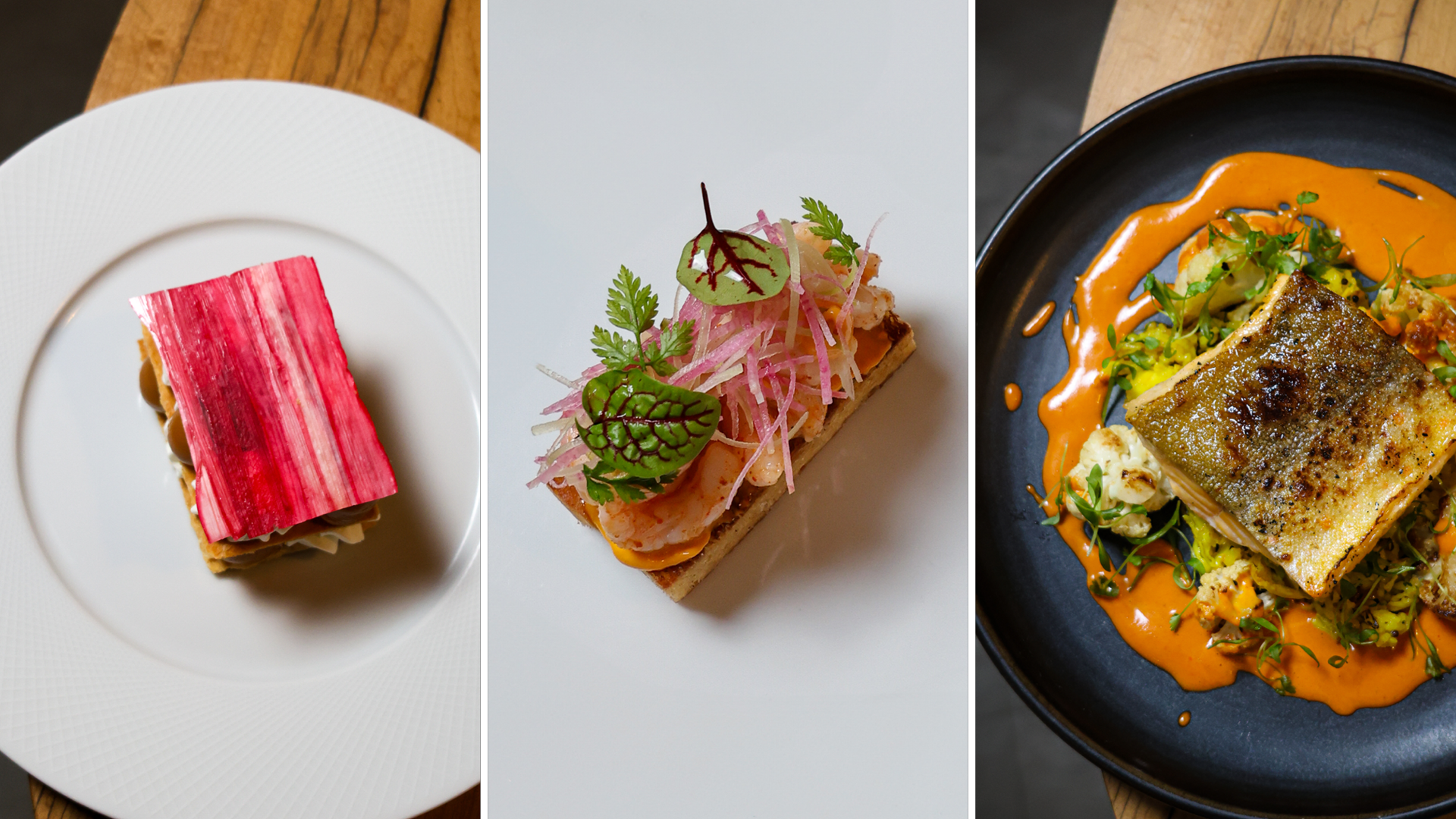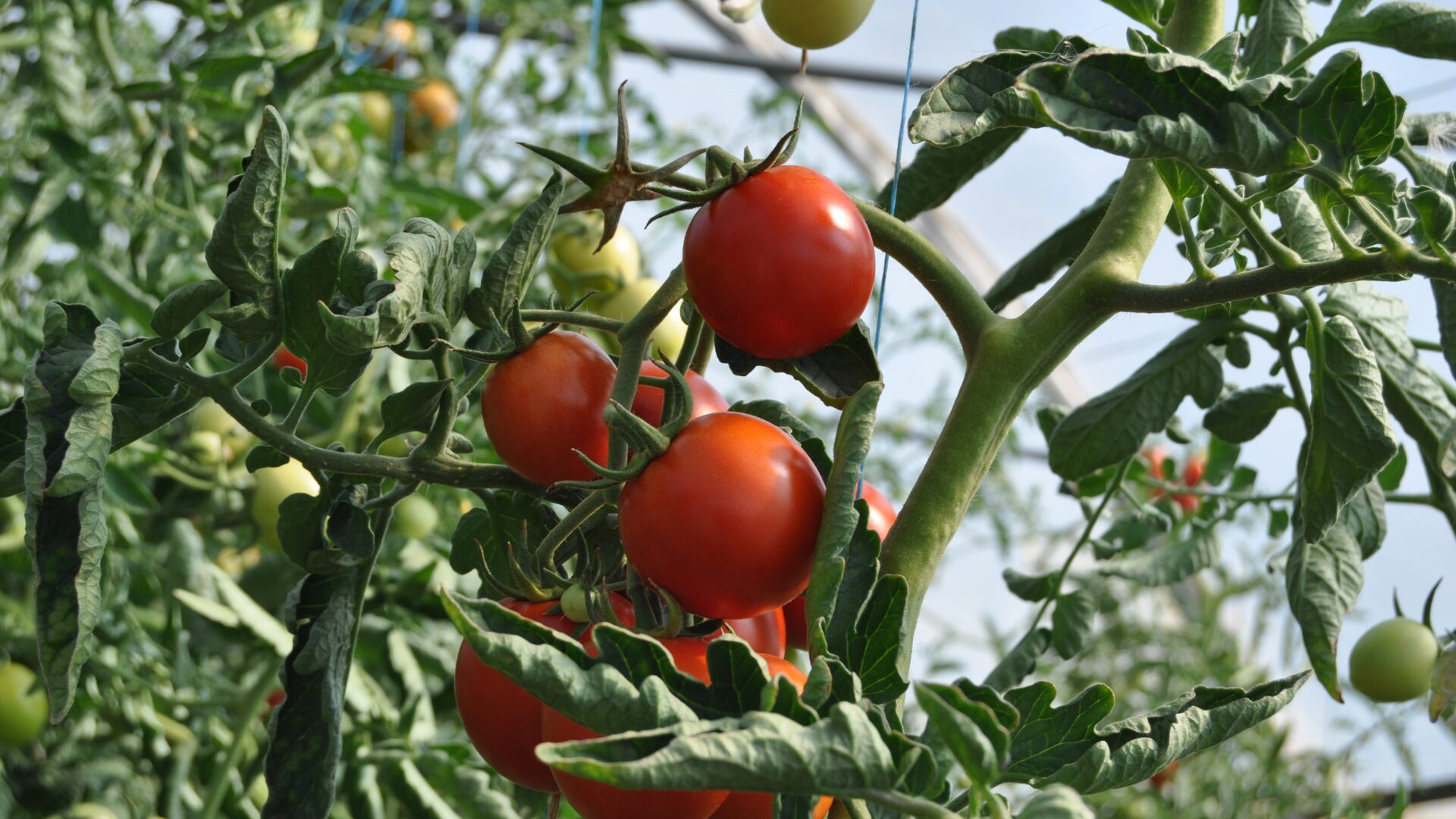Agritourism is a $4.5 billion industry, according to the USDA – and it’s a strategy farmers and ranchers have been leveraging to withstand an increasingly volatile agricultural economy.
Corn and soy prices reached four-year lows in 2024, according to Reuters, prompting many farmers to sow some new strategies to make up the difference – from corn mazes and overnight stays to petting zoos and wedding venues.
Agritourism 101
Short for agricultural tourism, agritourism involves combining elements of tourism with agricultural production to attract visitors to farms, ranches, or other ag businesses for entertainment or education while generating income for business owners.
“Agritourism is more than just a fun day on the farm,” Kristal Painter, COO of Discover Southern Indiana, told The Food Institute. “It connects visitors to the land, local culture, and people behind our rich agricultural heritage.”
It’s also good for the economy.
“Agritourism encourages tourists to explore the area surrounding the farm, supporting other local businesses and introducing supplementary revenue into the local economy,” said Marta Soligo, Director of Tourism Research and Professor of Hospitality/Sociology of Leisure at the University of Nevada Las Vegas.
Agritourism in Practice
In addition to the aforementioned examples, agritourism can include anything from pick-your-own-produce patches to on-site vineyards, breweries, or distilleries.
“Wilstem Wildlife Park blends agriculture with unforgettable animal encounters. Where else can you go from horseback riding to feeding giraffes in one day?” Painter shared.
But despite how fun it all sounds, agritourism is rarely a standalone endeavor – because the very same factors that drive farmers to it can also impact the activities.
“Agritourism is usually a supplementary activity undertaken by farmers, who therefore cannot solely rely on that when it comes to covering major losses derived from external factors such as health crises, political decisions, and extreme weather,” Soligo told FI.
However, there are definitely exceptions.
Jolly’s Mill Pond

Angi Kane, creative director and owner of Jolly’s Mill Pond
Angi and Bill Kane explored agritourism after inheriting Jolly’s Mill Pond, a historic farm near Williamsburg, Virginia.
Before taking it over, Bill worked in IT and Angi was in marketing – and the transition from Brooklyn, NY to off-the-grid life was quite an adjustment for the couple.
“We were in over our heads from the moment we moved our family to Virginia,” Angi told FI.
For years, they searched for a business model that would allow them to preserve the land’s character while making it profitable, which wasn’t easy.
So, Angi did what many of us do when we’re out of our depth. She fell into a YouTube rabbit hole.
“I looked for situations where people were land-rich but cash-poor,” Angi shared. And over time, a pattern began to emerge.
“There was a specific formula many estates would follow, which was effectively the agritourism business model.”
The Kanes began brainstorming ideas for monetizing their farmland, which features historic ponds, wetlands, and forests they hoped to keep intact.
“I developed a four-phase business plan incorporating events, lodging, small-scale farming, and e-commerce,” said Angi.
Within six months, they earned Superhost status on Airbnb – but then, everything came to a screeching halt when the county shut them down for not having the right permit.
At this point, the couple looked for activities they could offer without a special-use permit, which can take two years to obtain.
Angi began leveraging her marketing expertise to identify Jolly’s unique selling points. “We have an unknown Black history that connects us to Colonial Williamsburg, so we started giving history tours.”
Although the tours became quite successful, attracting everyone from famous actresses to best-selling authors, they simply didn’t generate enough income. Then, Angi got a tasty idea: culinary heritage classes.
“Our pond powered a grist mill that produced cornmeal for about 100 years, which became the topic for a class about the history of Johnny cakes,” Angi shared.
This is when things truly took off for the couple. On top of generating more revenue, the classes also attracted a wider audience to Jolly’s.
They’re also launching their first Community-Supported Agriculture (CSA) program this spring, allowing customers to purchase shares of their harvest in advance – a strategy leveraged by over 144,530 farms, according to Census of Agriculture data.
The Food Institute Podcast
When it comes to data in the food-away-from home sector, what are the major challenges and opportunities companies are facing today? Tibersoft’s Chris Hart joined The Food Institute Podcast to discuss how collaboration and data interoperability will be a key theme for the foodservice sector in the years to come.












